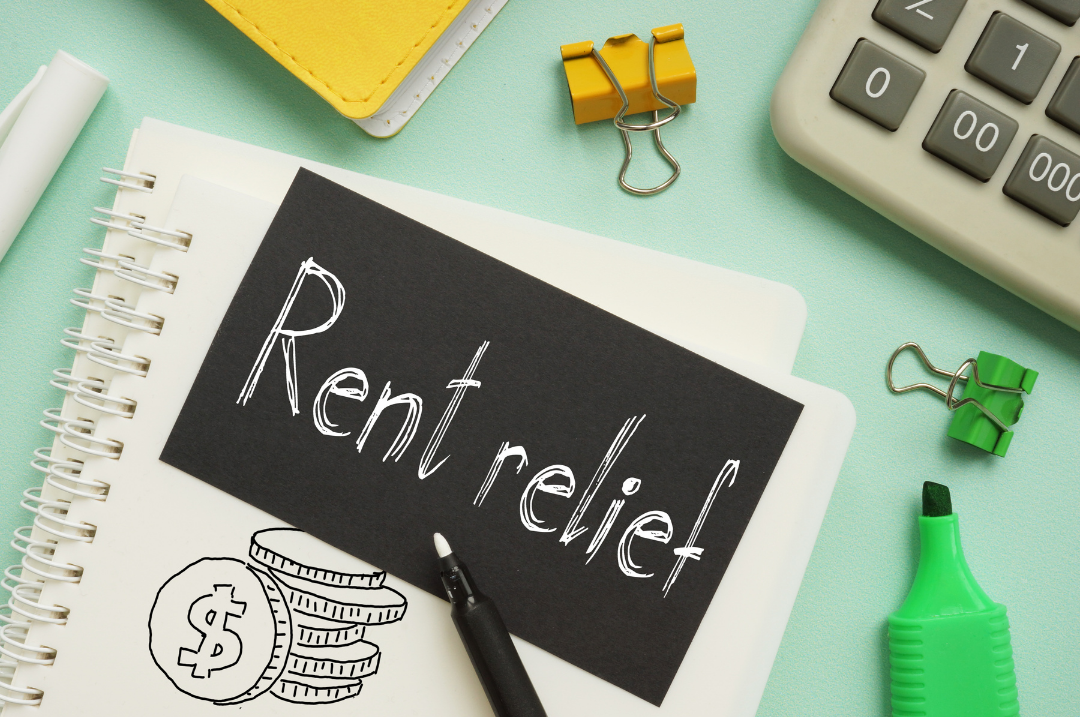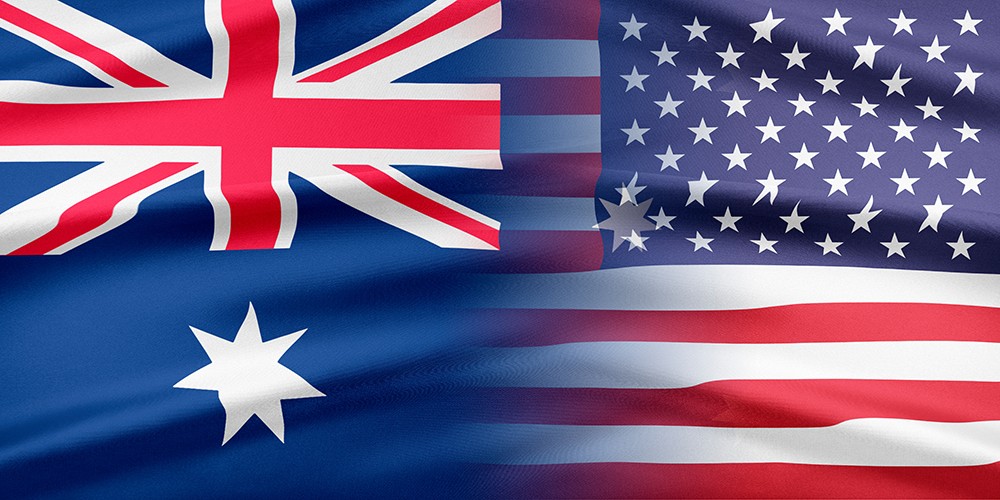Rent Relief for Victorian (& NSW) Commercial Tenants

The Victorian Government has announced the reintroduction of the Commercial Tenancy Relief Scheme that means landlords are obliged to provide rent relief to eligible commercial tenants. Small and medium businesses with an annual turnover of less than $50 million and who have experienced a decline in turnover of 30% or more due to the pandemic will be eligible as well as most ACNC registered charities that have experienced a decline in turnover of 15% or more.
The new Commercial Tenancy Relief Scheme will be retrospective and operate from July 28, 2021 to January 15, 2022 and affords protection to eligible leases that were in effect on 28 July 2021.
To satisfy the decline in turnover test, tenants will need to compare their turnover for a consecutive 3-month period between 1 April 2021 and 30 September 2021 with the corresponding comparison period in 2019. Like JobKeeper, alternative tests are available to entities where there is not an appropriate comparison period in 2019. For the purposes of the scheme, turnover is based on the GST concept of current GST turnover, as defined in the GST Act but varied to include supplies between group members and any state government COVID-19 support grants received by the tenant. There are also special rules for deductible gift recipients and other ACNC-registered charities.
How Does This Scheme Relate to Any Previous Rent Relief?
If the tenant is already repaying deferred rent or has an existing agreement with the landlord arising from the first rent relief scheme, the existing deferred rent will be frozen until 15 January 2022, at which time the amount outstanding will be added to the amount deferred under the new rent relief scheme.
How Do Tenants Apply for Rent Relief?
Eligible tenants must make a written request to their landlord for relief, which must be accompanied by a statement that they are an eligible tenant and satisfy the decline in turnover test. Within 14 days of making a request, the tenant must provide a statutory declaration confirming that they are an eligible tenant and that the information provided is true to the best of their knowledge. The statutory declaration must be accompanied by at least one of the following to evidence their decline in turnover:
- accounting records
- Business Activity Statements
- bank statements, or
- a statement prepared by a practising accountant.
What Are the Landlord’s Obligations?
Landlords are mandated to provide a written offer for rent relief within 14 days of receiving a request from an eligible tenant and at a minimum, the rent relief offered must be proportional to a tenant’s decline in turnover. For example, a business with a decline in turnover of 50% must be offered rent relief of at least 50% for the relevant rent relief period. At least half of any rent relief must be in the form of a waiver, with the remainder being deferred. Any rent deferred will be payable in equal instalments commencing from 16 January 2022 until the end of the lease term or over a period of two years, whichever is greater.
.png)
Applications (including supporting evidence) made by 30 September 2021 will be eligible for rent relief backdated to apply from July 28, 2021 to January 15, 2022. The rent relief period for applications made on or after 1 October 2021 will run from the date the application is made until January 15, 2022. Landlords are also required to offer an extension to the existing lease term equal to the period for which the rent is deferred.
Where an agreement is not reached within 14 days of an offer being made, a tenant will be deemed to have accepted a landlord’s offer of relief if:
- The landlord’s offer meets the requirements set out above; and
- The tenant has not referred the matter to the Small Business Commissioner.
Reassessment
Although eligibility for rent relief is determined by a one-time test, the regulations provide for a mandatory reassessment of rent relief as at October 31, 2021 for businesses that commenced trading prior to 1 April 2021 and which made a request for rent relief on or before 30 September 2021. The re-assessment is based on the tenant’s turnover for the quarter ended 30 September 2021. If the re-assessment results in a change in turnover, which is any difference between the decline in turnover percentage used for the initial request for relief and the decline in turnover percentage based on the quarter ended 30 September, the amount of rent relief provided to the tenant must be adjusted from 31 October onwards. A failure to submit evidence of the re-assessment may result in the rent waiver being removed. However, there will be no impact on deferrals.
Protections Under the Scheme
An eligible tenant cannot be evicted without the landlord obtaining a direction from the Small Business Commissioner. An eligible tenant will be afforded protection if:
- They have made a request for rent relief and continue to pay rent in proportion to their decline in turnover;
- A rent relief agreement has been reached; or
- They are unable to trade due to sickness, injury or natural disaster.
A restriction on rent increases will remain in place until January 15, 2022 regardless of whether or not the tenant has requested rent relief. Further, if an eligible lease called for a review of rent during the protection period that would result in an increase in rent, the review is deemed void.
What If You Cannot Reach an Agreement?
The Small Business Commissioner will once again have the power to conduct mediations and issue binding orders in the event landlords and tenants cannot agree to new leasing arrangements.
Support for Landlords
Support is being provided to assist small landlords who provide rent relief to their tenants and who can demonstrate ‘acute hardship’ as a result of giving rent relief. While the details are yet to be released, the previous scheme was limited, providing grants of up to $3,000 for landlords with less than $3m in taxable land holdings.
The government has also announced that landlords who provide rent relief to their tenants under the new scheme will be eligible for land tax relief of up to 25% in respect of the relevant land holdings. This land tax relief will be in addition to any previous land tax relief provided to the landlord. We are currently awaiting further details to be published by the State Revenue Office in relation to the eligibility criteria and application process for the new round of land tax relief.
What Are the Next Steps?
If you need assistance with the decline in turnover rules or any other aspect of the new Commercial Tenancy Relief Scheme please contact us.
NSW Extends Commercial Tenancy Relief
Commercial landlords in New South Wales will now be required to offer rental relief to tenants with an annual turnover less than $50 million under an extended state support scheme.
The NSW government have reintroduced national cabinet’s Mandatory Code of Conduct for Commercial Leasing, which will mandate rent relief for
eligible tenants hit hard by COVID-19 until at least January 13, 2022. Under the extension of the Retail and Other Commercial Leases Regulation (COVID-19)
2021, which was due to expire on August 20, landlords will be required by law to renegotiate rent with their tenants in step with the
national cabinet’s mandatory Code of Conduct.
hit hard by COVID-19 until at least January 13, 2022. Under the extension of the Retail and Other Commercial Leases Regulation (COVID-19)
2021, which was due to expire on August 20, landlords will be required by law to renegotiate rent with their tenants in step with the
national cabinet’s mandatory Code of Conduct.
The same regulation previously only required the state’s commercial landlords to attempt mediation before evicting or locking out tenants. Now, however, landlords will be required to offer rent relief in proportion with a tenant’s decline in turnover, at least half of which must be offered as a waiver plus enter rent renegotiations before moving to evict or lock their tenants out.
Minister for Finance and Small Business Damien Tudehope said the extended support will offer much-needed protection to small businesses like cafés, restaurants, hair salons and gyms for another six months as lockdown restrictions persist. Mr Tudehope said, “We have always encouraged landlords and tenants to come to the table and negotiate, but now we are going one step further by mandating the minimum relief that landlords need to provide impacted tenants”.
The extended regulation will apply to commercial and retail tenants with a turnover of up to $50 million who meet eligibility criteria for either the COVID-19 micro-business grant, COVID-19 Business Grant or JobSaver Payment. The mandated rent relief will also be accompanied by a new $40 million Hardship Fund, which will offer monthly grants of up to $3,000 for small commercial or retail landlords who have waived rent of at least the same value, along with any land tax relief they’re eligible for.
This article forms part of our Business Accelerator Magazine. Download the latest edition HERE or browse other articles from this edition below:
- The Key Ingredients for Business Success (Part 1)
- Are COVID-19 Grants & Subsidies Taxable?
- ATO’s Data-Matching Programme Continues to Focus on Lifestyle Asset Purchases
- Return to Top
In case you missed it - our blog on Business Support
Packages for Victorian Businesses
has also been updated.
Disclaimer: This
newsletter contains general information only. No responsibility can be accepted for errors, omissions or possible misleading statements. No
responsibility can be accepted for any action taken as a result of any information contained in these articles. It is not designed to be a
substitute for professional advice and does not take into account your personal circumstances.













